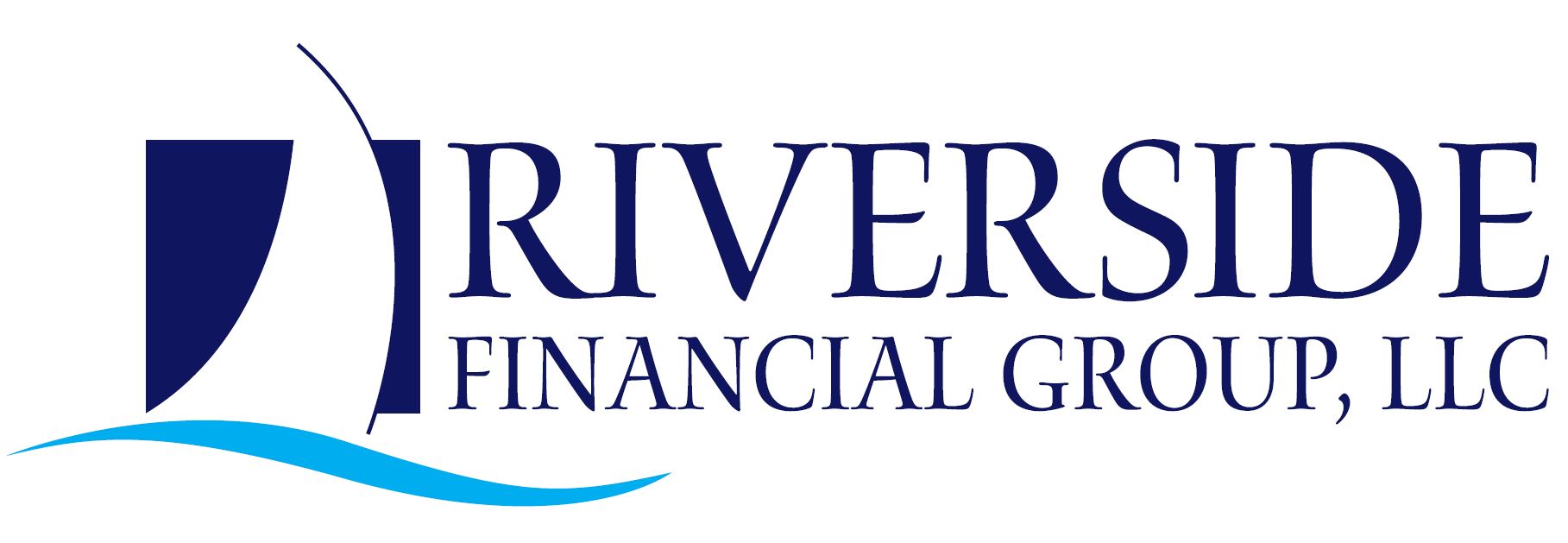U.S. equities have generated profoundly better returns than their international counterparts over the last five years. The five year average annual return of the FTSE All World Ex-US Index, ending 02/28/2015, is 7.75%, versus 16.15% for the S&P 500. Diversifying internationally has been ineffective in recent years, for the most part. But this appears to be changing.
Since the 2008 financial crisis, corporate profits of U.S. companies have surged – buoyed by easy money and a commitment to shareholder value over capital spending. Consequently, U.S. equities have been in a bull market for 71 months. Yet, by many measures the U.S. market is in a range of fully valued to overvalued – and herein lies the first reason to consider a meaningful allocation to international equities.
Guggenheim Partners calculates that the U.S. total equity market cap to gross domestic product (GDP) is roughly 130%, versus 150% at the height of the internet bubble. The Chinese total equity market cap is 50% of its GDP, versus 100% in 2007. Europe’s total equity market cap is around 50% of GDP, versus 80% in 2007. Based on these calculations, international equities offer better relative value.
Another tailwind to international equities is the recent adoption, both in the Eurozone and in China, of monetary easing – a strategy that the U.S. has employed for several years. Cheaper money helps to inflate asset prices. Cheaper credit helps to spur business investment and corporate refinancing. The more compelling result of quantitative easing outside the U.S. has been the decline of the Euro and the Yen – the currencies of our two largest trade competitors. The weakening of these currencies, and the corresponding strength in the dollar, provides a huge business advantage for international exporters. In contrast, 40% of S&P 500 aggregate earnings come from abroad, which means that profits will be reduced when converted back to U.S. dollars.
So what are performance figures telling us? Below is a brief list of global equity indices, year-to-date through 03/31/2015:
| 1st Q 2015 Return | Index | Asset Class |
| +0.95% | S&P 500 | U.S. large and mid cap stocks |
| +4.34% | MSCI EAFE Index | Europe, Australia, Far East large cap stocks |
| +6.20% | MSCI Pacific Index | Pacific Rim large cap stocks |
| +5.93% | MSCI World Small Cap Index | International small cap stocks |
As is often the case, many asset classes begin to demonstrate performance leadership when expectations are low. European and diversified Asian stocks are now benefiting from lowered expectations, yet economic activity in each region appears to be improving – creating a favorable environment in which to invest. The performance figures listed above seem to confirm this notion. Of particular interest to us is the recent strength in international small cap stocks. In general, small cap stock performance tends to be a leading economic indicator.
We believe that relative strength in international equities will continue for several years as Europe finds its economic stride, China holds on to above average growth rates, and the standard of living continues to increase in the emerging markets. Our advice is to review each of your investment accounts, particularly company-sponsored retirement plans, to determine the level and composition of your international exposure and to act accordingly.
Disclosures
Indices mentioned are unmanaged and cannot be invested into directly. Past performance is not a guarantee of future results. These are the opinions of Charles Dear, CFP and are not necessarily those of Cambridge, are for informational purposes only, and should not be construed or acted upon as individualized investment advice.

Recent Comments